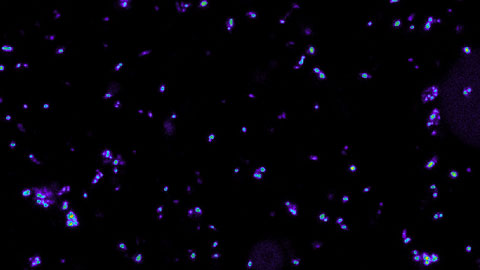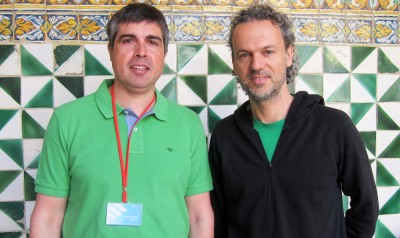IBEC a winner at the 10th National Alares Awards 2016
 At a ceremony held yesterday at the Caixa Forum in Madrid, IBEC’s managing director David Badia received on behalf of IBEC the second prize for “Reconciliation of Working Life, Family and Personal and Social Responsibility” from the Alares Foundation.
At a ceremony held yesterday at the Caixa Forum in Madrid, IBEC’s managing director David Badia received on behalf of IBEC the second prize for “Reconciliation of Working Life, Family and Personal and Social Responsibility” from the Alares Foundation.
IBEC, which was one of just 39 winners selected from 392 candidates, received the award for the practices implemented in its guide “Measures to reconcile work and family life”, as well as for its actions towards social responsibility. These include the creation of the Human Resources Strategy for Researchers (HRS4R) and its Action Plan, which has 17 measures benefiting staff and researchers; its actions on responsible research and innovation; the training of experts in health technologies; and its extensive programme of dissemination and outreach actions to boost the visibility of the scientific research at the institute, among other things.
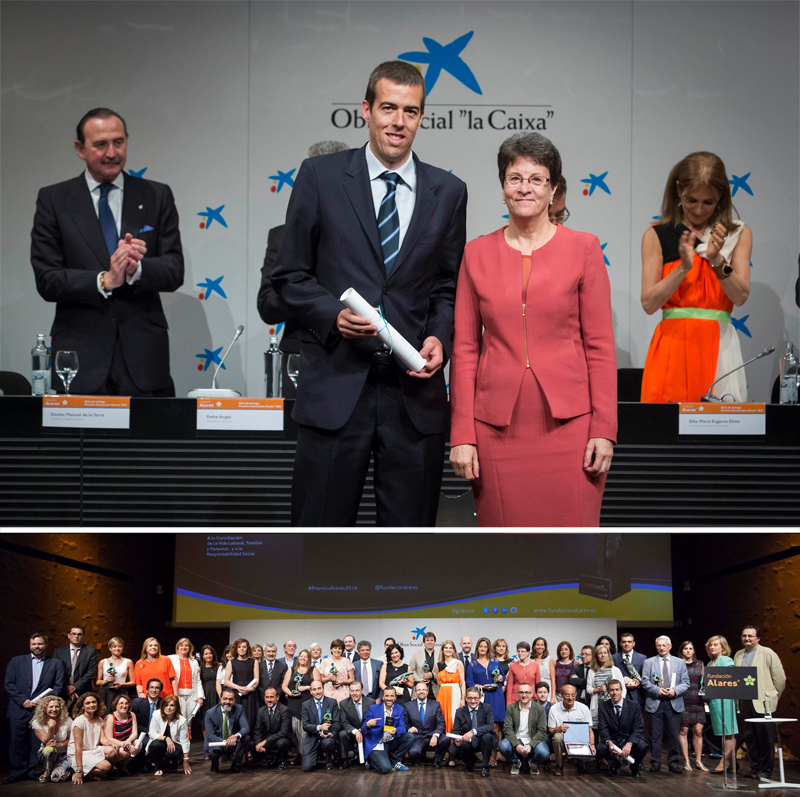
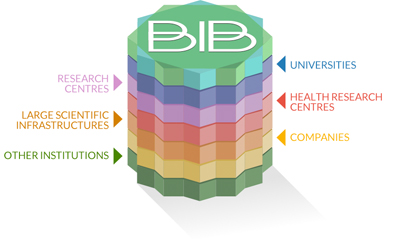
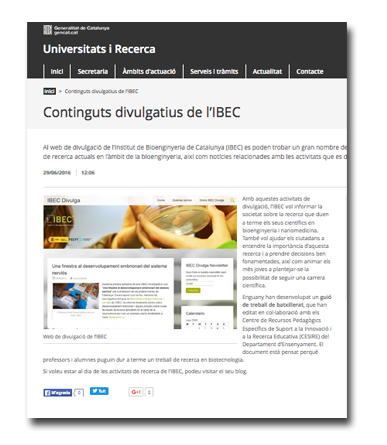
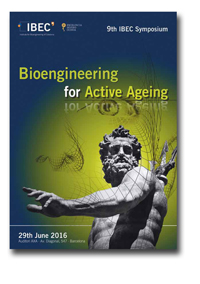
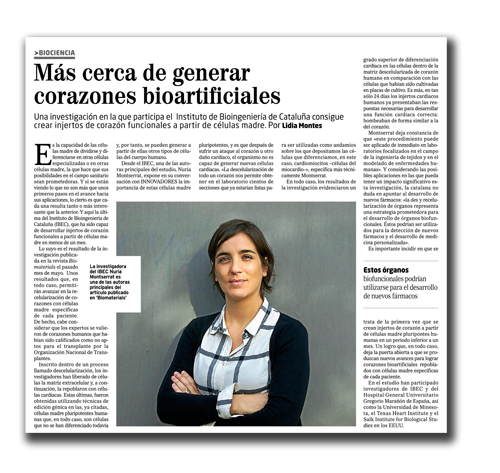
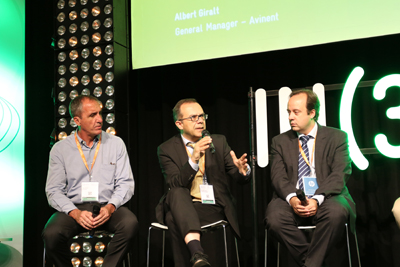
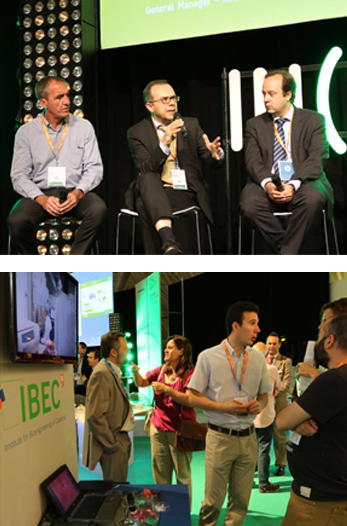 IBEC Director Josep Samitier and the Technology Transfer unit introduced IBEC’s 3D bioprinting capabilities at the first IN(3D)USTRY event, which was held in Barcelona last week.
IBEC Director Josep Samitier and the Technology Transfer unit introduced IBEC’s 3D bioprinting capabilities at the first IN(3D)USTRY event, which was held in Barcelona last week.